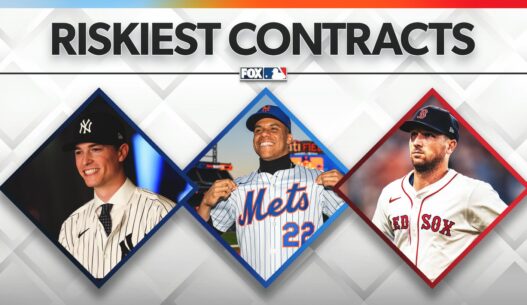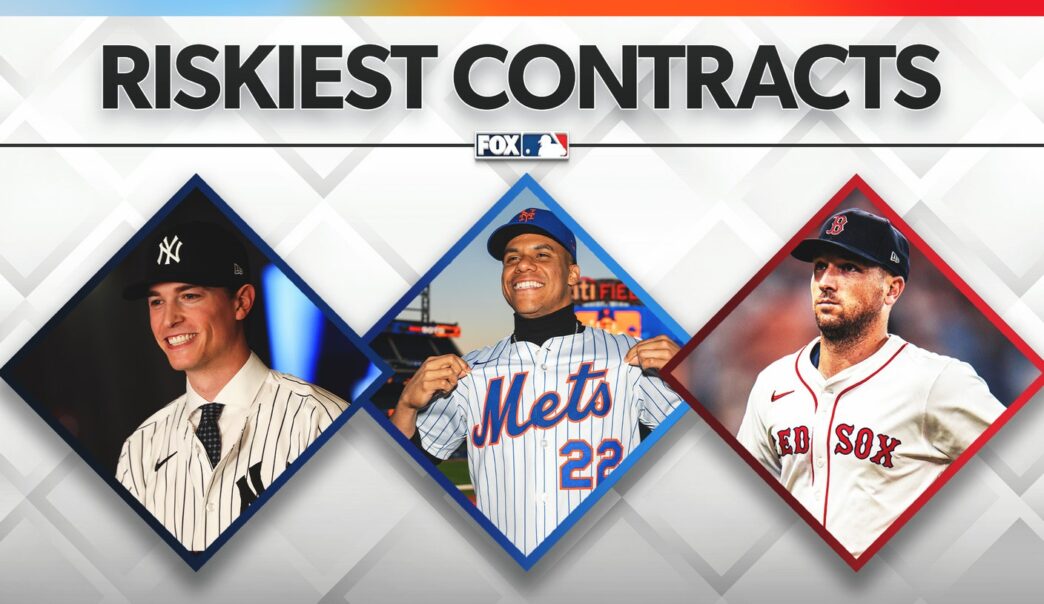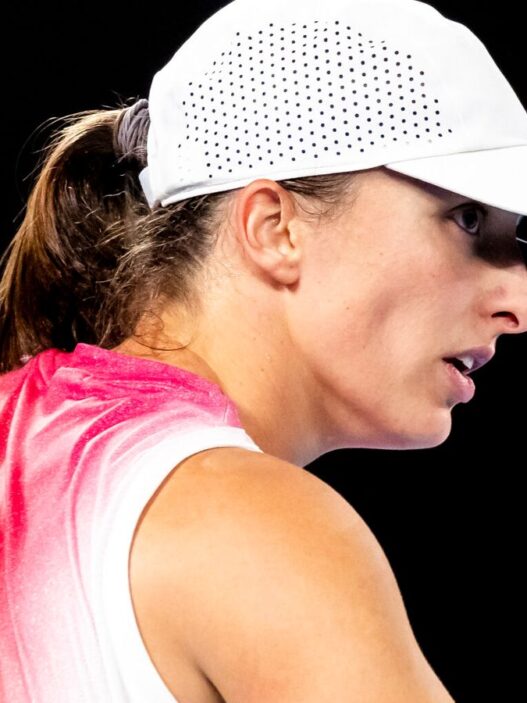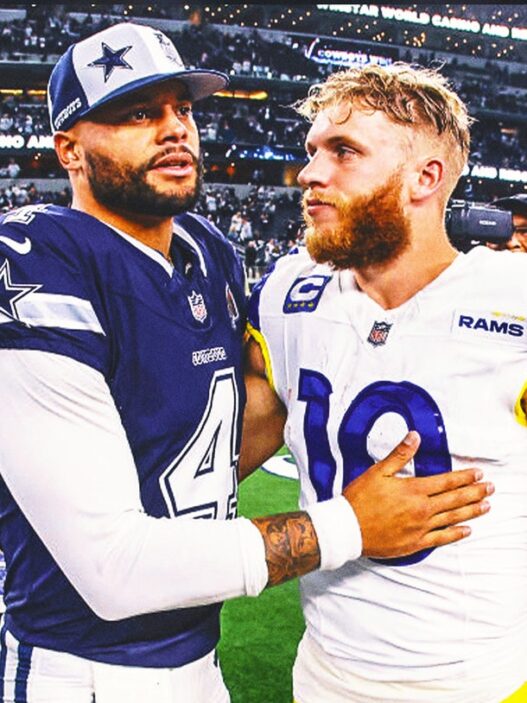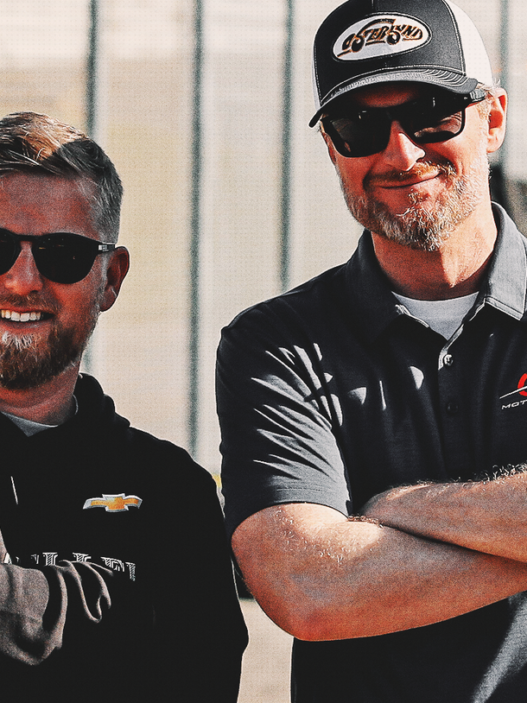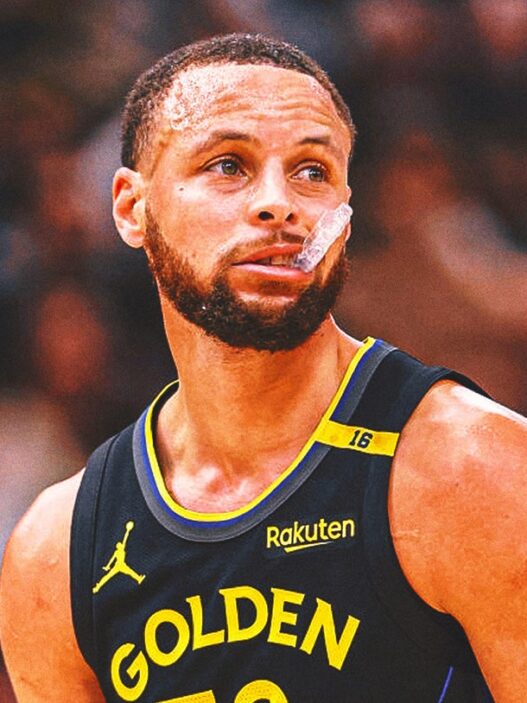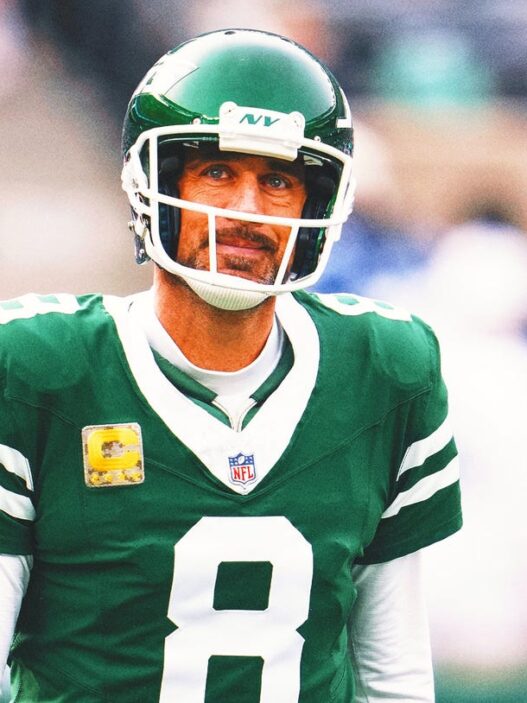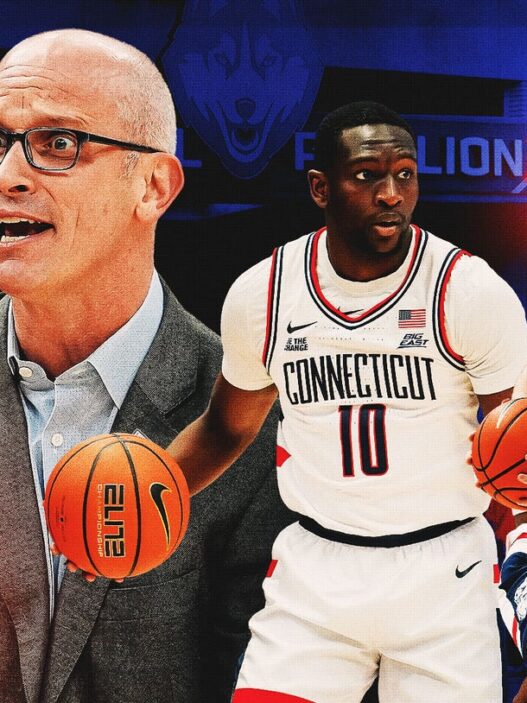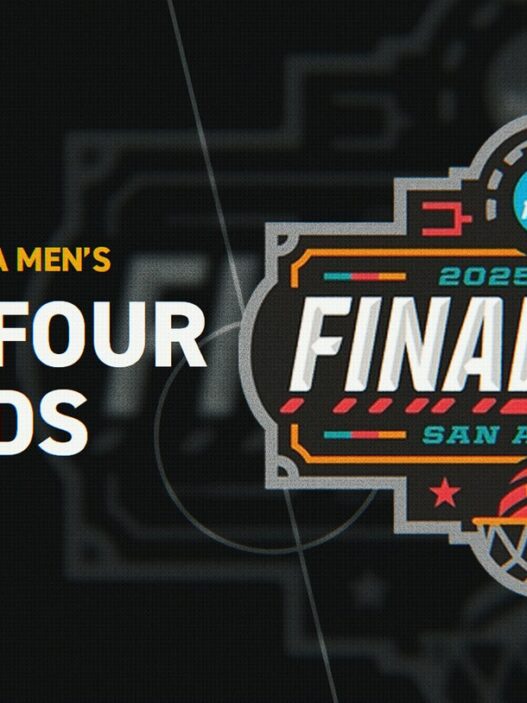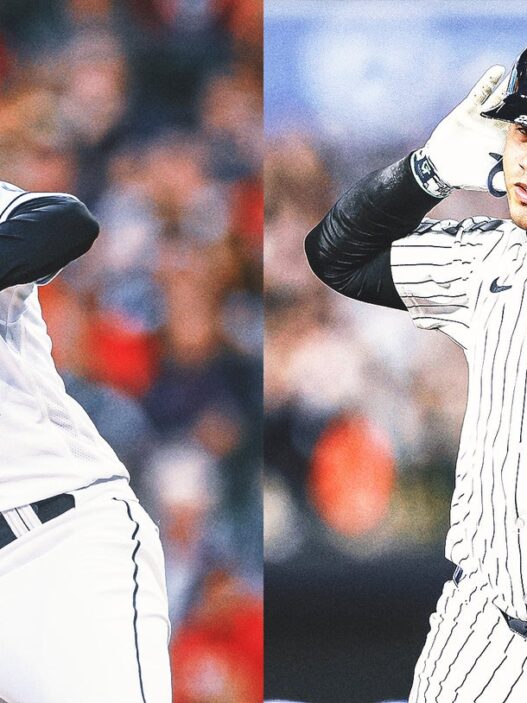MLB’s hot stove season is effectually over, as the top two dozen players are off the board. Free agency is always a gamble for teams and players, as an executive with a tolerance for risk and a superstar whose tenure will be judged on his salary both need a lot of things to go right in order to avoid being remembered as the central figures of a nightmare contract.
That being said, with risk comes significant hope and opportunity. So, give these high rollers credit for trying to improve their rosters in the splashiest of ways; it figures to have a significant impact on the future one way or another.
Here’s a look at the six riskiest contracts of the offseason.
This contract became a risk the minute the A’s signed a middle-of-the-rotation starter with a troubling track record of injuries to the largest contract in franchise history. Maybe it’s a risk they had to take in order to lure a veteran with upside like Severino to an unstable organization in the first place, but it’s a little awkward when you realize the second-highest salary on the A’s 2025 payroll is left-hander Jeffrey Springs’ $10.5 million contract. To sign anyone of significance, the A’s likely had to overpay for even a mid-rotation arm like Severino.
Still, spending $22 million per year over the next three seasons on a starter with durability issues probably wasn’t the best way to improve the roster overall. Before last year’s renaissance, Severino threw just 209.1 innings across 40 starts from 2019 to 2023 due to multiple injuries, including Tommy John surgery. Things are trending better for the Dominican right-hander after he amassed 182 innings across 31 starts, including a shutout, for the Mets last year. However, his 3.91 ERA, 4.21 FIP and below-average strikeout rate last year made it clear he’s no longer the promising top-of-the-rotation starter that he was with the Yankees, even if the A’s are now paying him as such.
Even beyond the uneasiness that Adames will be hitting in the homer-suppressing Oracle Park for the next seven years, there is some concern that Adames has already reached his high-water mark, when he posted a career year in a contract season in 2024. Before he hit a career-high 32 home runs for the Brewers in 2024, Adames was a below-average hitter in 2023, slashing .217/.310/.407 as he saw his offensive production decline. Even his defensive metrics, which were elite in 2023, dipped to just about average for shortstops last year. Adames’ has been up-and-down in the dirt throughout his career.
Sure, the Giants needed a shortstop. But signing Adames isn’t enough to overhaul the offense, and their lineup still needs more punch to compete in the NL West. Adames is just 29 years old, so the start of his decline should still be a few years down the road, and it will be interesting to see how his power translates in his new home park. But it’s hard to ignore that the Giants seemingly gave Adames the largest contract in franchise history for his past performance and track record, while taking a gamble on his future. It’s fair to question whether the new Buster Posey-led front office could’ve spread out those funds to better revamp the roster.
That being said, Adames has avoided major injury, has been excellent at posting throughout his career, and has been lauded for his clubhouse leadership throughout his stops in Tampa Bay and Milwaukee. Those factors somewhat justify the Giants’ long-term commitment, but his $28 AAV makes this a really risky investment.
There is always some degree of risk for any team offering a long-term contract for the services of a star pitcher, as we saw this winter with not only Fried but Corbin Burnes and Blake Snell. The most important factor in pitcher commitments is health. But Fried’s deal with the Yankees is the riskiest among that trio for two reasons: his recent forearm injuries, and that extra year on his contract. The back-half of Fried’s contract has the potential to look ugly simply because eight years is a long time to give a southpaw on the wrong side of 30. Since the Yankees don’t shy away from adding years to lower the annual average value, the pressure is on Fried to perform (and stay healthy) in the front half of his contract.
Fried is no stranger to the injured list across his eight MLB seasons, spending time on the shelf for both minor and major maladies. While forearm strain/inflammation sidelined him in each of the past two seasons, he’s also battled blisters on his pitching hand that have completely derailed some of his outings. The Yankees’ game plan for 2025 involves stacking the rotation, which is currently one of the deepest in baseball, in hopes of offsetting the loss of Juan Soto in the lineup. But Fried has to stay healthy the entire year, not just in time for the playoffs, in order for that plan to work.
It cost John Henry $40 million, tied for the fourth-highest annual average value in baseball this year, but the pure exultation from the spend-at-all-costs quadrant of the fan base should be plenty worth it. Finally, the Red Sox improved their roster with a significant free-agent addition and, in doing so, reminded themselves that they’re still a big-market team.
Bregman, turning 31 next month, can enter free agency after every season of his three-year deal thanks to opt-outs, though it seems preposterous to believe he would walk away from the $40 million the Red Sox have agreed to give him annually. In the meantime, he can pad his stats at Fenway Park. Bregman has a lifetime 1.240 OPS and .375 batting average when he’s hitting in front of the Green Monster, which will perhaps offset his steady and concerning decline in on-base percentage since his most recent All-Star season in 2019. The risk for the Red Sox here is that, if Bregman’s offensive numbers continue to dip in Boston, they’ll still be on the hook for $80 million for 2026 and 2027, since he would have little reason to enter free agency unless he’s raking at the plate.
Another risk for the Red Sox is the roster implications. They’re floating the idea of Bregman playing second base, which makes little sense when his best value would be at the hot corner, where he won the Gold Glove award last year and served as a cornerstone third baseman for the Astros throughout their championship run. Bregman shifting to second, thus blocking the path of top prospect Kristian Campbell, would allow Rafael Devers to remain at third. But Devers ranked last in MLB in multiple fielding stats among all qualified third basemen last year. If the Red Sox are going full throttle, then they could go ahead and begin Devers’ seemingly inevitable long-term move to designated hitter and let Bregman take over at third to squeeze the most out of his value.
Since the Red Sox are paying a premium for Bregman, they have to do more than just cross their fingers and hope it works out. They have to put Bregman, and the team, in the best position to succeed.
The Dodgers blew away even the highest of market expectations for Scott when they inked him to the fifth-highest total guarantee a reliever has ever earned in free agency — behind only Edwin Diaz, Josh Hader, Aroldis Chapman and Kenley Jansen. His $18 million average annual value is the third-highest for a reliever. The bidding for Scott, the most coveted free-agent reliever in this year’s class, was so competitive that the Dodgers pushed the ceiling higher, but now they’ll be dealing with the risk.
Scott can be extremely erratic. There are times when he looks like he has no idea where the strike zone is, but he often recovers by relying on his lethal combo of high-90s heat and a devastating upper-80s slider. His control issues prior to the 2023 season, particularly in his final year in Baltimore and his first season in Miami, led to alarming walk rates and self-inflicted damage in high-leverage situations. The left-hander has slightly reduced his walk rate since then, and we all remember his nasty strikeout against Shohei Ohtani in Game 3 of the NLDS last year, which is when he was at his best. But counting on Scott for the next four years to perform at that level while having a handle on his control issues — with only a two-year track record of doing so — is a huge ask at a premium price.
1. Juan Soto, Mets: 15 years, $765 million
In the end, the Mets’ risks with Soto aren’t that complicated. For one, he needs to avoid catastrophic injury — but even then, with president of baseball operations David Stearns leading the brass, there is some assurance that there will be roster depth in a given season in case of that worst-case scenario. Plus, the 26-year-old Soto has played 150 games in each of MLB’s past five full seasons, making him one of the most durable athletes in the sport.
Other than injury risk, Soto’s unspectacular glove and below-average baserunning could force him off a corner-outfield spot around the halfway point of this contract, which is not only the largest in baseball history but the longest. But the belief is that his keen eye and elite skill set at the plate will more than make up for any shortcomings on the other side of the ball. It’s possible, if not likely, that Soto will be unable to maintain a 6-8 WAR in the latter half of his deal, especially when he’s in his late 30s. But in order for the Mets to acquire a superstar slugger in his mid-20s, offering a player-friendly massive contract was standard operating procedure.
The weight of Soto’s deal will continue to make it difficult for owner Steve Cohen to dip below the luxury-tax line, and that could impact the Mets’ overall approach in free agency, as we just saw with first baseman Pete Alonso struggling to land a long-term deal. At the same time, Cohen’s deep resources have made the Mets major players every winter since he bought the franchise. We’ll see if the rewards from Soto’s historical hitting aptitude outweighs the obvious risks of his contract
We’re only just now entering year one of his 15 years at $51 million per season, but for now, it looks like his well-rounded hitting aptitude far .
Deesha Thosar is an MLB reporter for FOX Sports. She previously covered the Mets as a beat reporter for the New York Daily News. The daughter of Indian immigrants, Deesha grew up on Long Island and now lives in Queens. Follow her on Twitter at @DeeshaThosar.
Want great stories delivered right to your inbox? Create or log in to your FOX Sports account, follow leagues, teams and players to receive a personalized newsletter daily.

Get more from Major League Baseball Follow your favorites to get information about games, news and more

